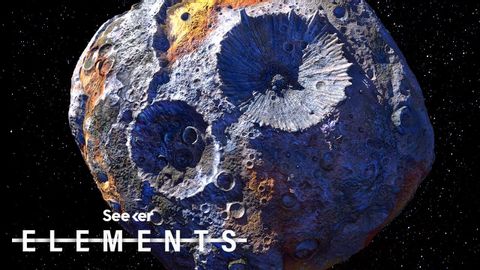
字幕與單字
這顆金屬小行星可能揭示地球核心的祕密|發射倒計時 (This Metal Asteroid Could Reveal Secrets About Earth’s Core | Countdown to Launch)
00
林宜悉 發佈於 2021 年 01 月 14 日收藏
影片單字
strike
US /straɪk/
・
UK /straɪk/
- v.t.打;擊;攻擊;刪除
- n. (c./u.)打擊;攻擊;(棒球) 好球;罷工;全倒;攻擊
- v.i.致富;突然想出,猛然想起
A2 初級多益初級英檢
更多 使用能量
解鎖所有單字
解鎖發音、解釋及篩選功能
